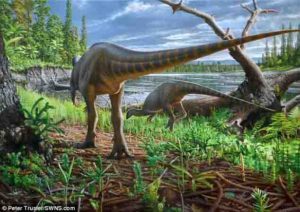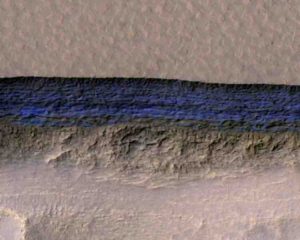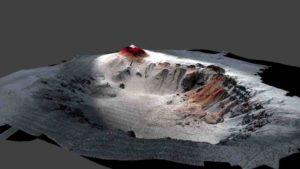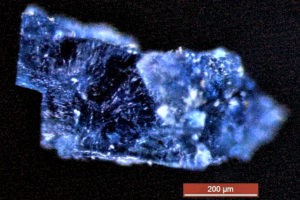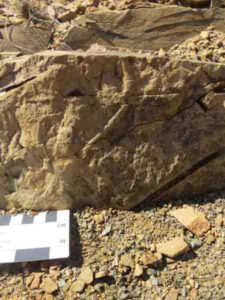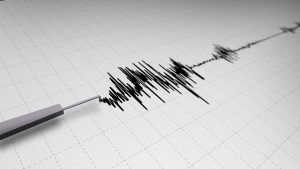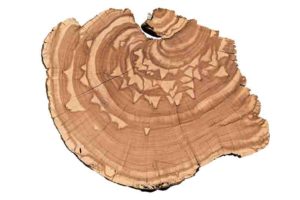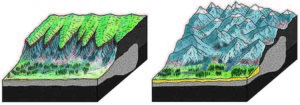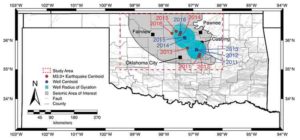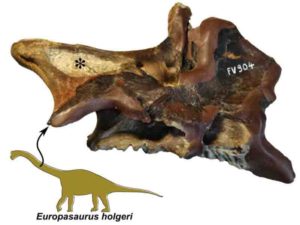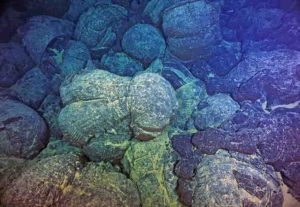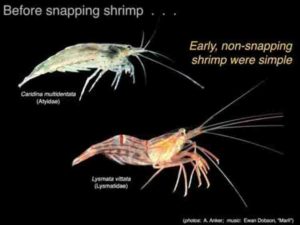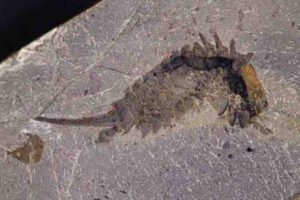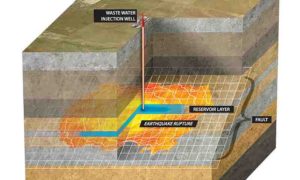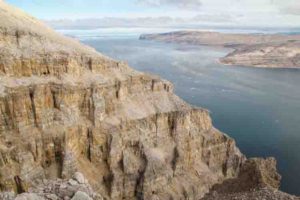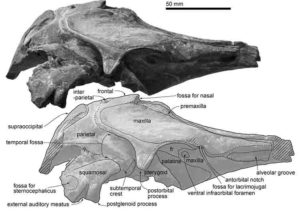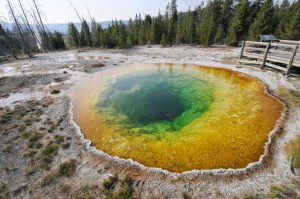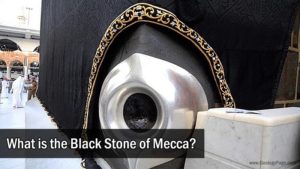
What is the Black Stone of Mecca?
The Black Stone of Mecca, Al-Ḥajaru al-Aswad, “Black Stone”, or Kaaba Stone, is a Muslim relic, which according to Islamic tradition dates back to the time of Adam and Eve. It is the eastern cornerstone of the Kaaba, the ancient sacred stone building towards which Muslims pray, in the center of the Grand Mosque in Mecca, Saudi Arabia. The Stone is a dark rock, polished smooth by the hands of millions of pilgrims, that has been broken into a number of fragments cemented into a silver frame in the side of the Kaaba. Although it has often been described as a meteorite, this hypothesis is still under consideration. It is the eastern cornerstone of the Kaaba, the ancient sacred stone building towards which Muslims pray, in the center of the Grand Mosque in Mecca, Saudi Arabia.
The Stone is roughly 30 cm (12 in.) in diameter, and 1.5 meters (5 ft.) above the ground. When pilgrims circle the Kaaba as part of the Tawaf ritual of the Hajj, many of them try, if possible, to stop and kiss the Black Stone, emulating the kiss that it received from the Islamic prophet Muhammad. If they cannot reach it, they are to point to it on each of their seven circuits around the Kaaba. The Stone is broken into a number of pieces from damage which was inflicted during the Middle Ages. The pieces are held together by a silver frame, which is fastened by silver nails to the Stone.
There are various opinions as to what the Black Stone actually is. Muslims say that the Stone was found by Abraham (Ibrahim) and his son Ishmael (Ismail) when they were searching for stones with which to build the Kaaba. They recognized its worth and made it one of the building’s cornerstones.
Secular historians point to the history of stone worship, and especially meteorite worship, in pre-Islamic Arabia, and say that it is likely that the Stone is a meteorite. There is no way to test this hypothesis without removing and examining the Stone, which would not be permitted by its guardians.
Many geologists across the world have tried their best to ascertain the type and nature of the Black Stone, but couldn’t achieve the ultimate findings because of cultural and religious restrictions which didn’t allow anyone to drill the stone for scientific purpose.
The nature of the Black Stone has been much debated. It has been described variously as basalt stone, an agate, a piece of natural glass or — most popularly — a stony meteorite.
Anthony Hampton and his team of geologists from Oxford University studied the local samples collected from the emplacement of the stone and found important quantities of iridium and many shatter cones, a rare geological feature only known to form in the bedrock beneath meteorite impact craters which favored the findings of Paul Partsch who published the first comprehensive history of the Black stone in 1857.
In 1974, Robert Dietz and John McHone commented that the stone contained clearly discernible diffusion banding characteristics of agates.
They also mentioned that the color of the stone is jet black and looks polished, which is the result of constant handling by the pilgrims, and this rules out again the possibility of a chondrite which wouldn’t withstand the constant rubbing nor would it take such a high polish.
At present, the Black Stone is comprised of eight small pieces of varying sizes, the largest one being the size of a date. Six (additional) pieces are found to be in Istanbul and Turkey.
In 1294 A.H. Al-Kurdi said that there were 15 visible pieces and some of the pieces were hidden under the putty with which the stone had been repaired, and whenever any piece became loose, they were attached to the top of the stone with wax, musk and ambergris which were kneaded together.
What is the type of Black Stone? “Meteor Impact or Volcanic Lava?”
In 1980, Elsebeth Thomsen of the University of Copenhagen proposed that the Black Stone may be a glass fragment or impactite from the impact of a fragmented meteorite that fell some 6000 years ago at Wabar.
That impact site is located in Rub’al Khali Desert which lies 1,100 km east of Makkah.
At that site there are blocks of silica glass of white or yellow interior and gas-filled hollows which allow them to float in water which coincides with the property of Black Stone which floats in water and doesn’t get hot in fire.
On the contrary, a study by the United States Geological Survey have proved from Thermoluminescence (TL) dating analysis that the Wabar impact event occurred at or after 250 years from now, so surely the Black Stone wasn’t part of Wabar.
They also say that the Black Stone is probably obsidian from a common lava flow in one of the Harrats (volcanic fields) found in the western Arabian Shield.
Harrat Rahat, which lies just east of Madinah Al-Munnawarrah, erupted last around 1270 AD (anno Domini), and among other things flowed west towards Madinah and then down (northwards) the big Wadi to the east of the city where the modern airport lies.
It’s not unreasonable to think that lava at some point in western Arabia encountered water and solidified to obsidian.
There are lots of glass fragments from the Wabar impact event at the site. They are so dense, in fact, that they serve effectively as a lag-gravel and have anchored the pre-impact dune surface at the site.
Probably 99.9% of the incoming iron asteroids were converted into this glass, which is 10% iron-nickel and 90% local sand from chemical analysis.
The glass does have fragments of white impactite (instantaneously-formed quasi-sandstone from the shockwave) in it, but the surface is always extremely rugged and full of vessicles.
For this reason, the Black Stone is probably obsidian, though it could conceivably be a highly-hand-polished stony meteorite.
Nevertheless, geologists are still on their anxious seats to unveil about Al-Hajar Al-Aswad as there isn’t still any irrefutable scientific evidence.
Reference:
Wikipedia: Black Stone
Crystalinks: The Black Stone of Mecca
About Islam: Obscurity of Al-Hajar Al-Aswad
Meteoritical Society: Kaaba Stone: Not A Meteorite, Probably an AGATE


